Recover from Injuries Using Active Rest in the Pool
Have you ever felt like Tom? You try and try but seem to end up adrift? Your intelligent, well read a motivated, hard working athlete, you know a lot of things, you certainly know how to exercise and you do it well. You have probably asked for some advice over the years on how to train. Especially since that nagging injury occurred.
Maybe it’s shin splints that developed from training for a ½ marathon, maybe it’s the knee injury from playing basketball, tennis, pickleball or sliding into 3rd base. Maybe you rolled an ankle because you missed that bottom step while walking out the door and that ankle hasn’t been right since.
So what do we do? We medicate it, rest it, tape it and brace it. While we are resting we look at the latest exercise programs and plot our course to get back on track once we feel it’s better we hit the gym – wrap that injury and go…. HIIT training, Cross Fit, Boot Camp, running we are on a roll. After just a couple weeks that injury is back. Now we are back on the couch with our favorite bottle of motrin again, now your despondent. That nagging thought creeps into your head, I’m too old, gotta give up the game.
Not so fast my friend! We can do things a different way! The problem here is we took a few weeks or months off!
How about trying ACTIVE Rest?!
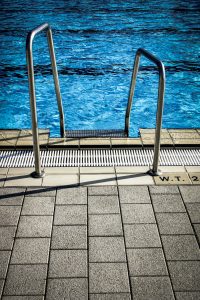 Active rest defined: “Involves performing light exercises that stimulate the recovery process without imposing undue stress on the injured body part.”
Active rest defined: “Involves performing light exercises that stimulate the recovery process without imposing undue stress on the injured body part.”
Taking an active rest day will hasten your recovery, making you feel stronger and faster when you’re back in workout-mode.
What are the benefits of active rest in a pool?
Biggest benefit – Reduce swelling. When you reduce swelling you reduce pain. A two-fer bonus! Also unload the joint – due to the gravity free environment, again – takes the pain away. With the reduction in swelling and pain we can keep the joint moving, stabilize and strengthen it, working up to full body workouts to spin you back out into your sport.
The pool is what I call a pass through. It’s not a destination for most of us. We use it for it’s amazing properties so we can continue our favorite activities and sports. Active rest in a pool will not only rehabilitate your injury getting you back to your sport and activities faster it will help you mentally and emotionally, because you can DO something! It keeps CAN’T out of our vocabulary! High Schools, Colleges, Professional Teams and even our Military are using pools for training. Athlete or not, we hate being sidelined. We do much better when we are active. So next time you are adrift…try something different.
Debbie Booth is an aquatic fitness educator and trainer; she grew up in MI, (a Lake Girl for life) where her love of water began. She teaches medically based aquatics and has yet to grow gills. If lost she will usually turn up at the end of a dock with her feet in the water. You can visit her website at wateristhenewgym.com

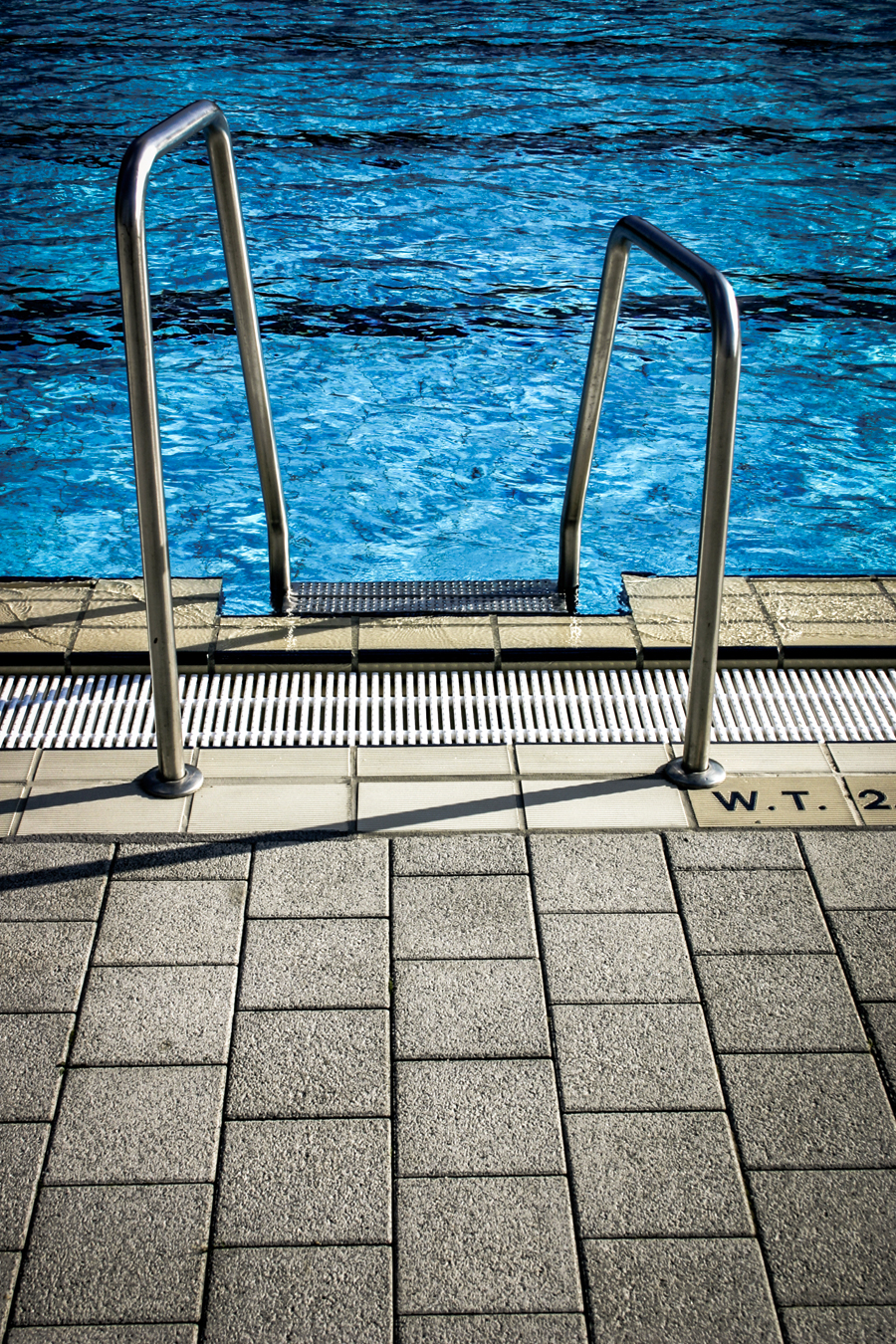
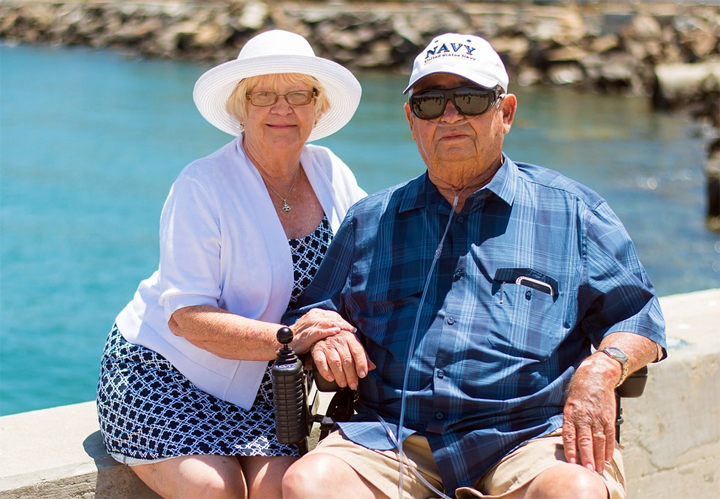
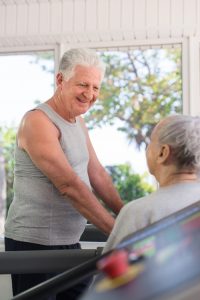
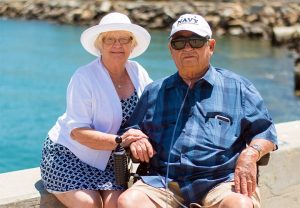 Vacations for seniors
Vacations for seniors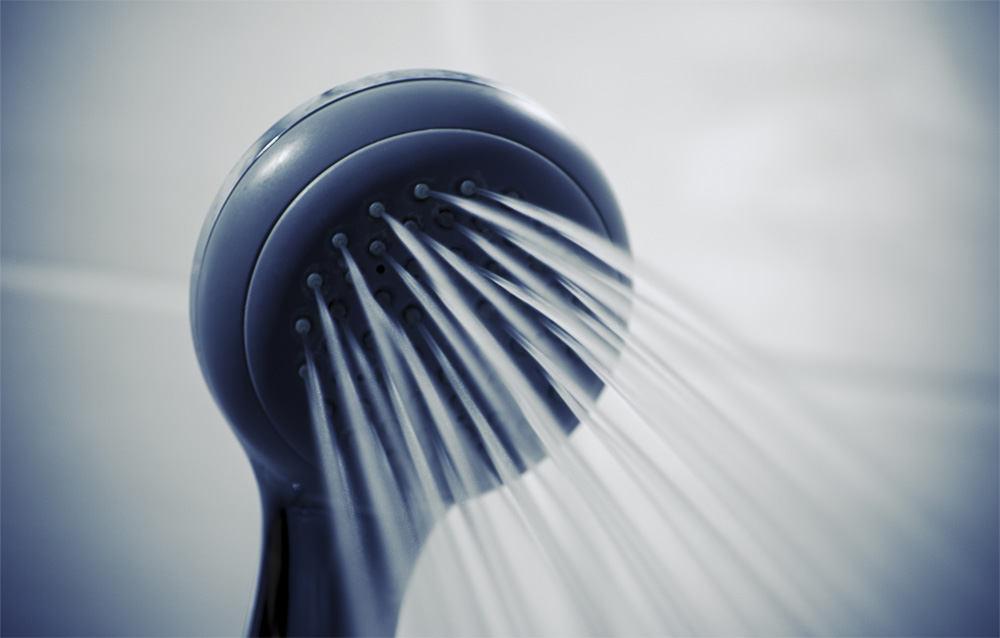
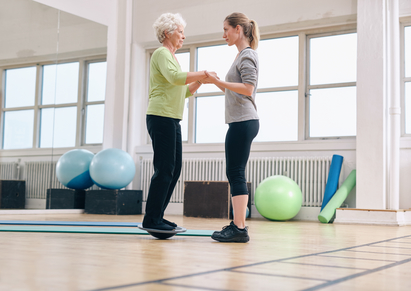
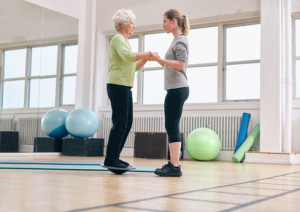 Challenges with balance and stability can happen to all of us as we get older, but is certainly more prevalent in our Parkinson’s community. Maintaining lower body strength in conjunction with balance is very important as it decreases one’s chances of falling.
Challenges with balance and stability can happen to all of us as we get older, but is certainly more prevalent in our Parkinson’s community. Maintaining lower body strength in conjunction with balance is very important as it decreases one’s chances of falling. 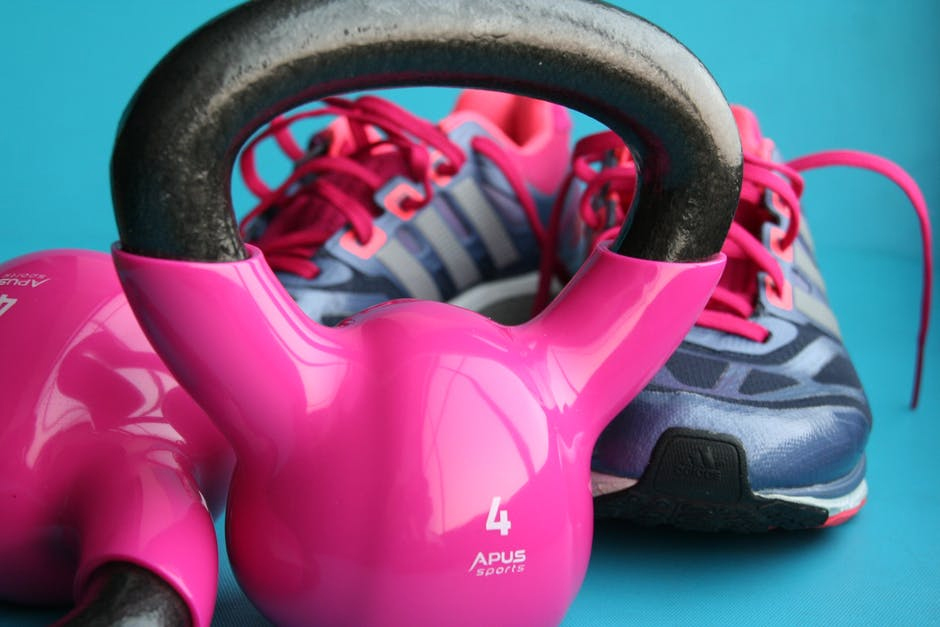
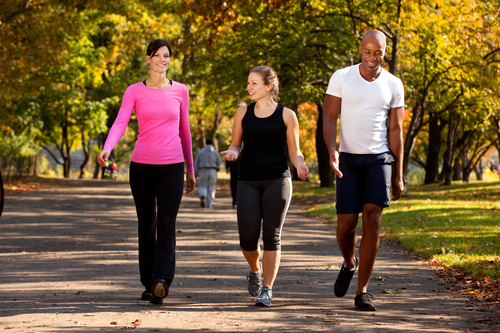 When it comes to the body’s adaptability and recovery response, the key is not pounding your body the same way everyday. Also follow the 10% rule-never increase your program (i.e. the amount of weight lifted or miles logged) more than 10% per week. This especially true when coming off an injury. Trying to make up for lost time courts disaster. Increasing the intensity, duration or frequency of your workouts too rapidly can interfere with your body’s amazing ability to adapt, resulting in overtraining, injury or both. Also there are new technologies like the
When it comes to the body’s adaptability and recovery response, the key is not pounding your body the same way everyday. Also follow the 10% rule-never increase your program (i.e. the amount of weight lifted or miles logged) more than 10% per week. This especially true when coming off an injury. Trying to make up for lost time courts disaster. Increasing the intensity, duration or frequency of your workouts too rapidly can interfere with your body’s amazing ability to adapt, resulting in overtraining, injury or both. Also there are new technologies like the 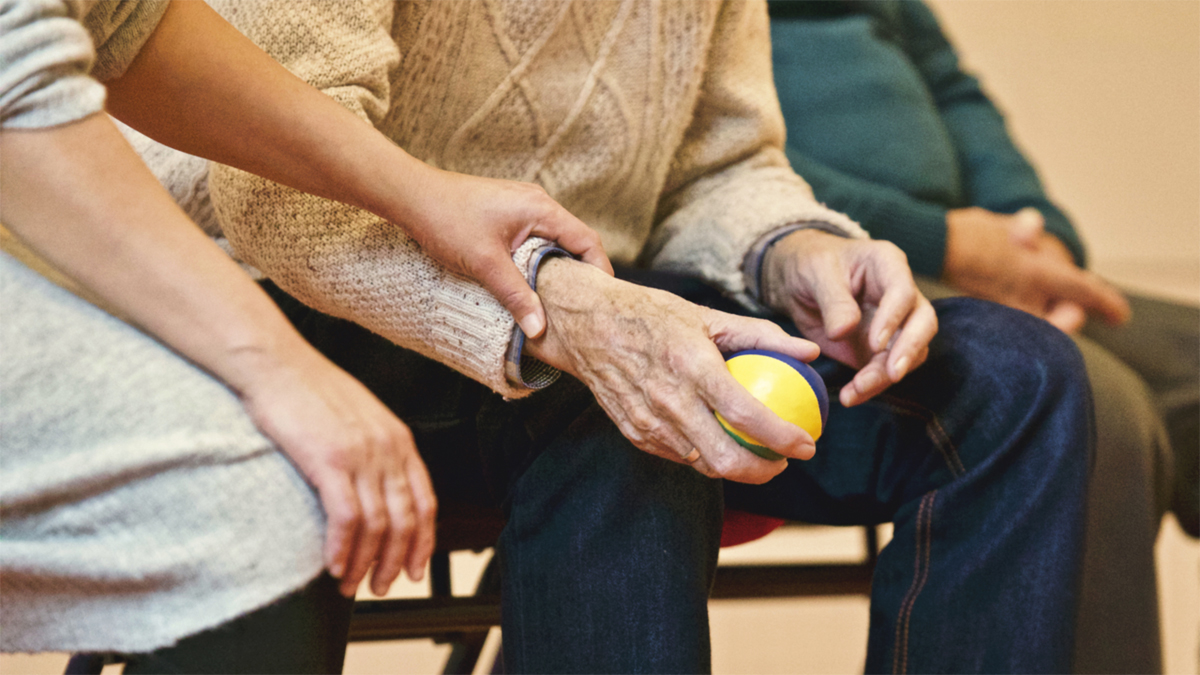
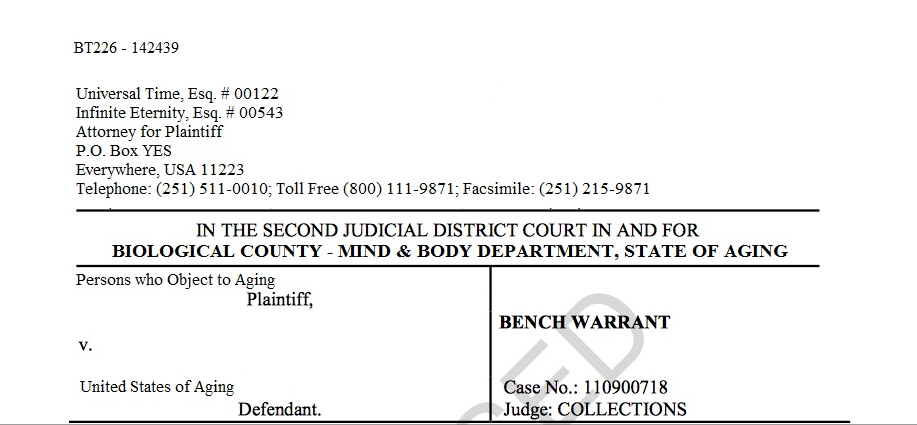
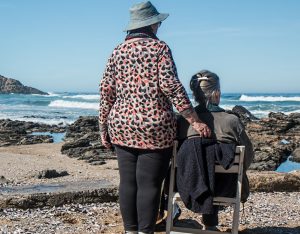 Perched on high, Honorable Time demands, “Please be seated.” Proponents of your objection turn the volume up on their snickering and clamor and the commotion and fracas crescendos until, “Order in the courtroom,” gruffly and vehemently reverberates among the walls from the booming voice of Honorable Time. Honorable Time delivers the verdict:
Perched on high, Honorable Time demands, “Please be seated.” Proponents of your objection turn the volume up on their snickering and clamor and the commotion and fracas crescendos until, “Order in the courtroom,” gruffly and vehemently reverberates among the walls from the booming voice of Honorable Time. Honorable Time delivers the verdict: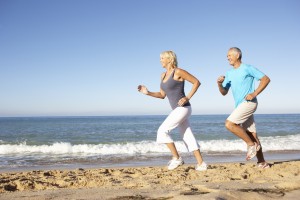
 How else can it affect us?
How else can it affect us?
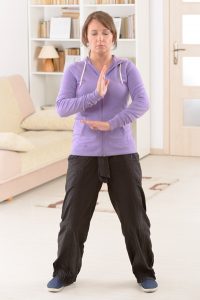 The studies concerned with the effect of Tai Chi on
The studies concerned with the effect of Tai Chi on 
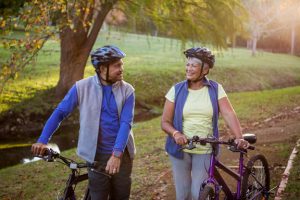 ften when we hear the term “fitness” – we automatically think of our physical health. Being mentally fit is equally as important. Cognitive fitness is a state of optimized ability to reason, remember, learn, plan and adapt that is enhanced by certain attitudes, lifestyle choices, and exercises. Better cognitive fitness translates into the ability to make better decisions, solve problems, and deal with stress and change. Neurogenesis is the process of developing new chemical messengers called neurons in the brain. This process can be profoundly affected by how you live your life. Here are eight strategies to help you facilitate the process of neurogenesis and have optimal cognitive functioning:
ften when we hear the term “fitness” – we automatically think of our physical health. Being mentally fit is equally as important. Cognitive fitness is a state of optimized ability to reason, remember, learn, plan and adapt that is enhanced by certain attitudes, lifestyle choices, and exercises. Better cognitive fitness translates into the ability to make better decisions, solve problems, and deal with stress and change. Neurogenesis is the process of developing new chemical messengers called neurons in the brain. This process can be profoundly affected by how you live your life. Here are eight strategies to help you facilitate the process of neurogenesis and have optimal cognitive functioning: Eat Specific Healthy Foods: Food plays a vital role in the health and proper functioning of the brain. Strive to eat real, whole foods such as fruit, vegetables, whole grains and lean meats – and drink eight 8oz bottles of water each day to keep brain cells hydrated. Apples, avocados, blueberries, unsalted nuts, broccoli and brown rice are great food choices for brain health.
Eat Specific Healthy Foods: Food plays a vital role in the health and proper functioning of the brain. Strive to eat real, whole foods such as fruit, vegetables, whole grains and lean meats – and drink eight 8oz bottles of water each day to keep brain cells hydrated. Apples, avocados, blueberries, unsalted nuts, broccoli and brown rice are great food choices for brain health.